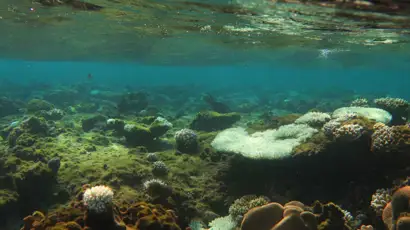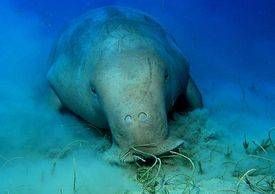Reef Restoration Program
From Monitoring to Action ... Exploited species Restoration Program
Through our program on restoration of the exploited marine species, HEPCA scientific team with the support of LIFE Red Sea 2 (Project funded by USAID) succeeded to induce the spawning and raising larvae in two species of Tridacna (T. gigas and T. squamosa), for the first time in the middle east. More than 150,000 juveniles of Tridnca of 1-2cm shell length are available in our hatchery. The Tridacna & the sea cucumber are among the most extensively exploited invertebrates in the Egyptian Red Sea due to over and bad fishing practicing.





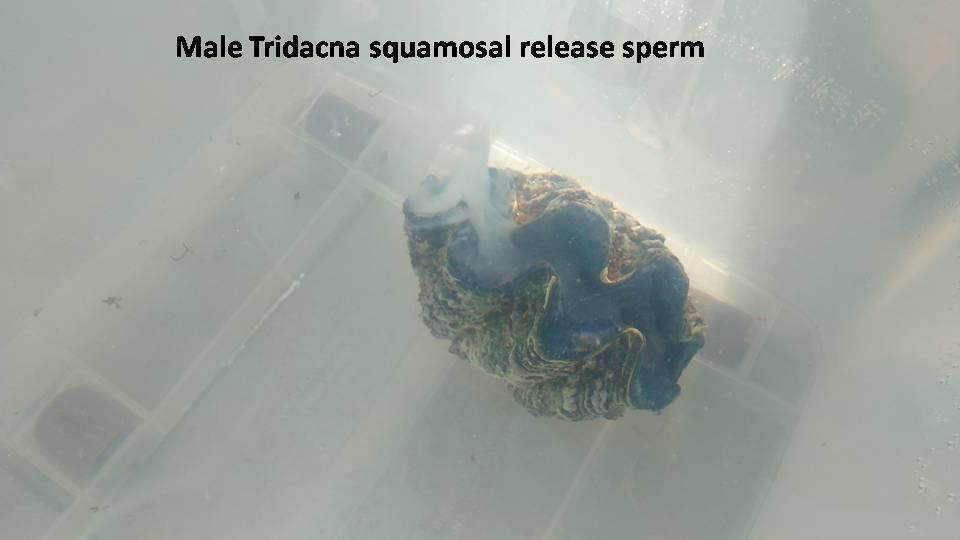
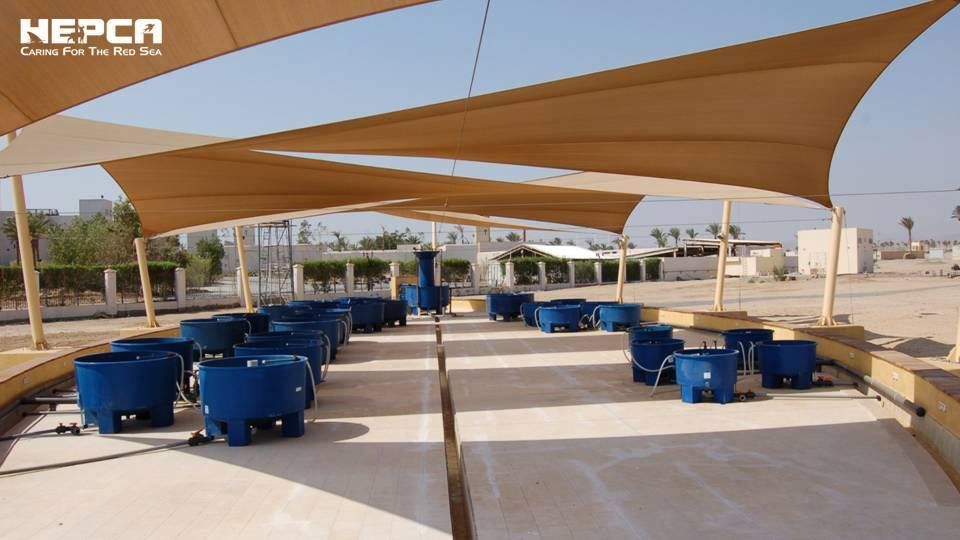
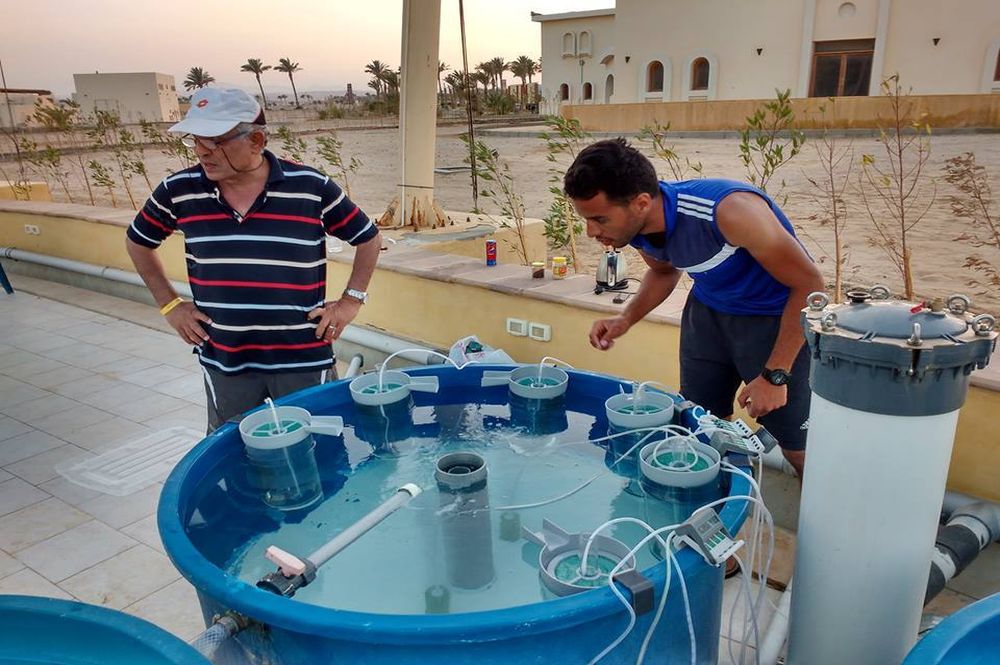
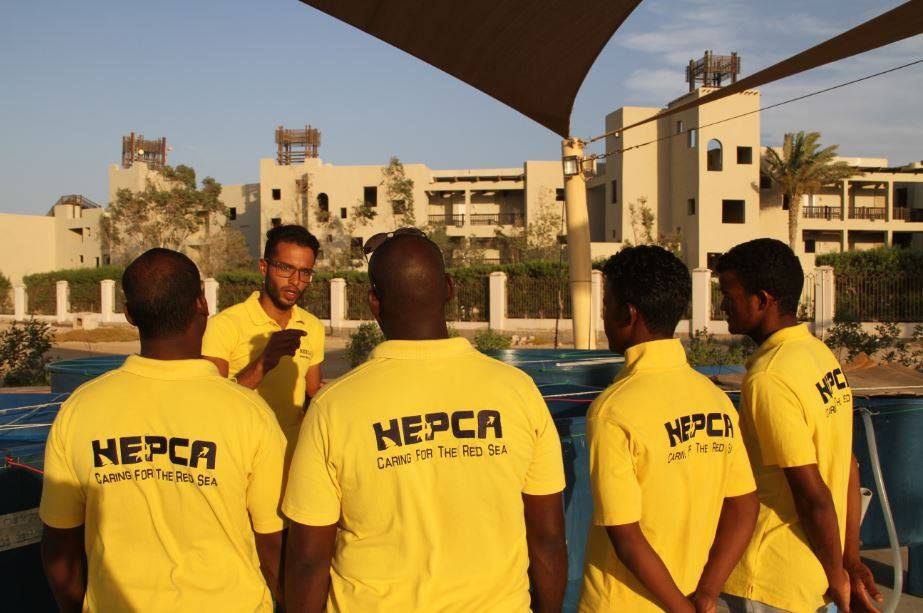
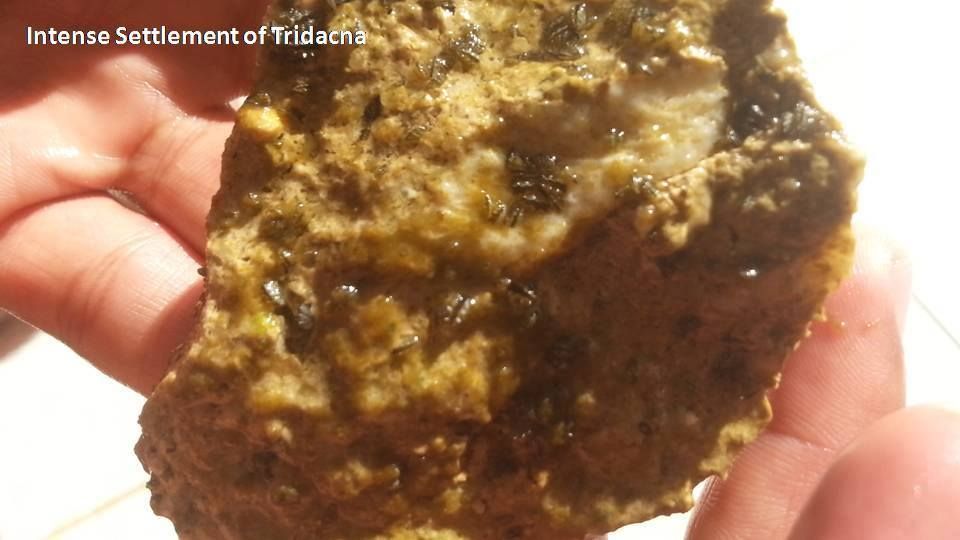

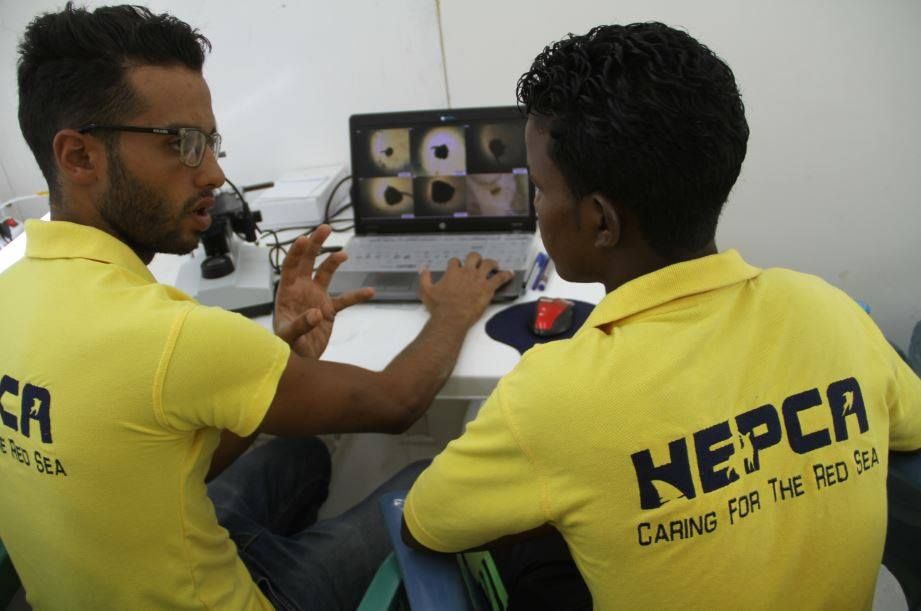
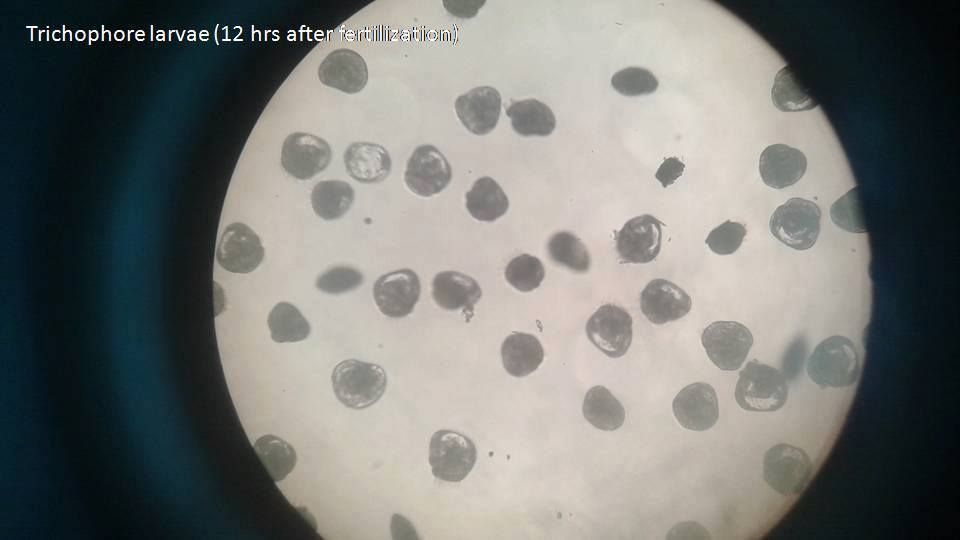

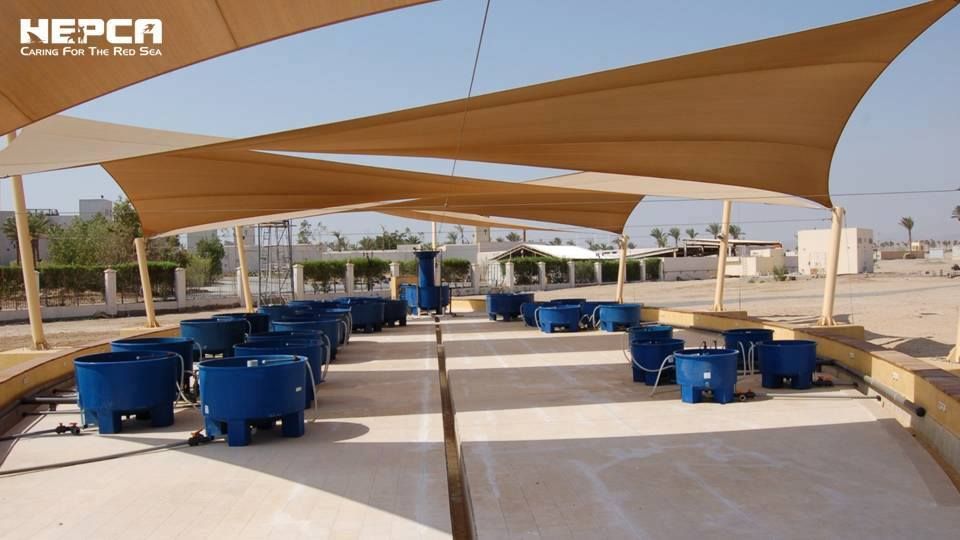
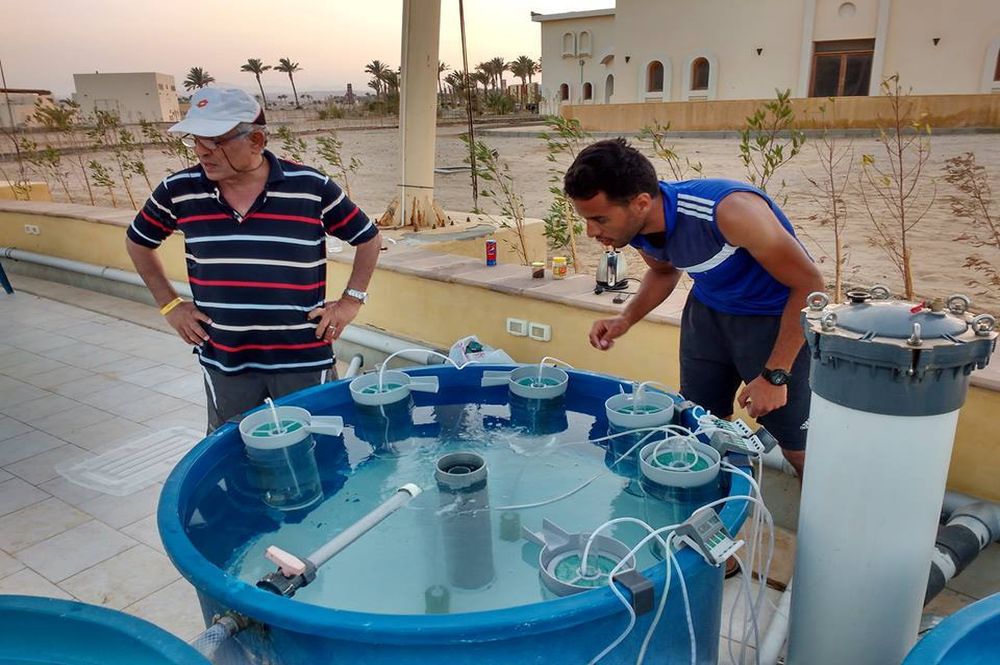

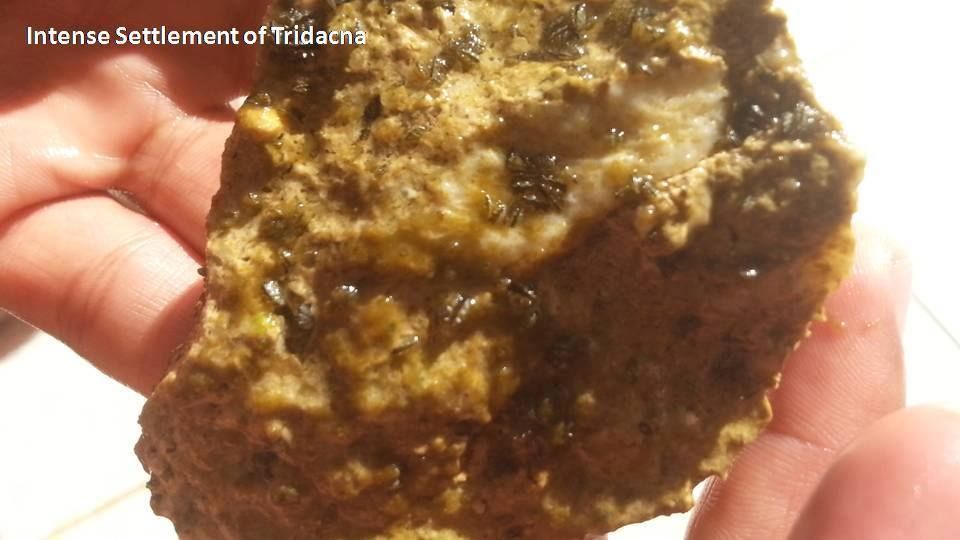


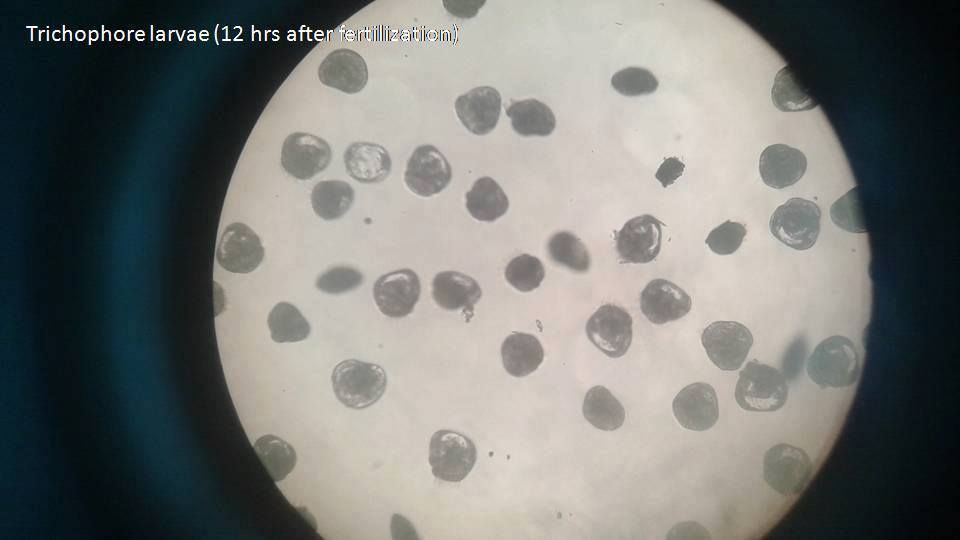
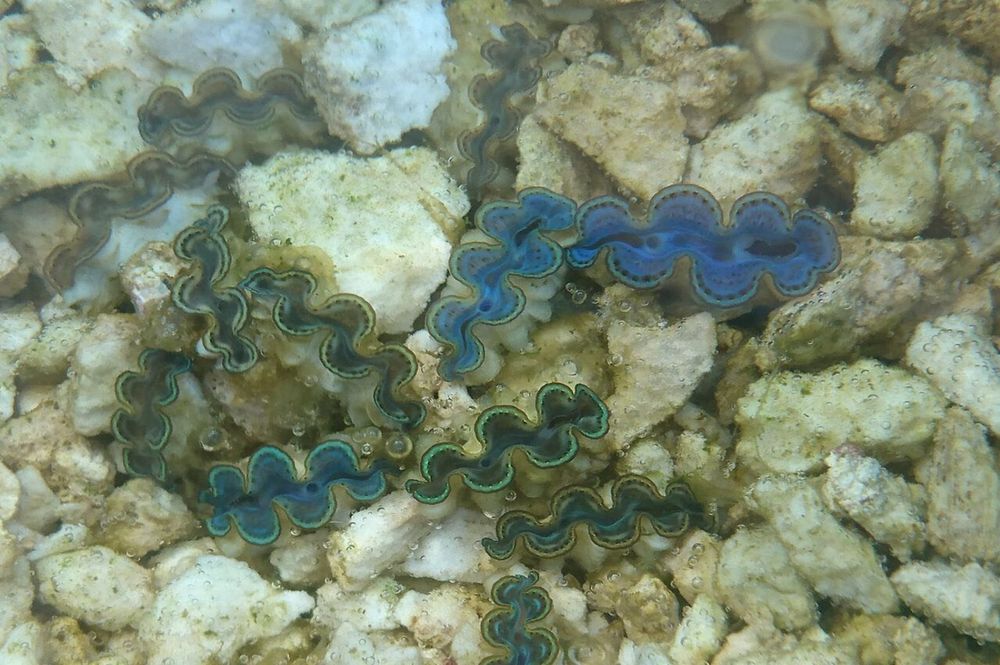
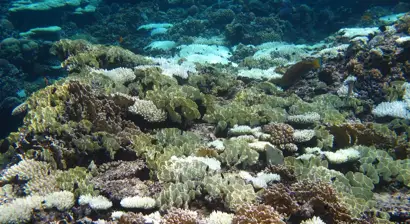
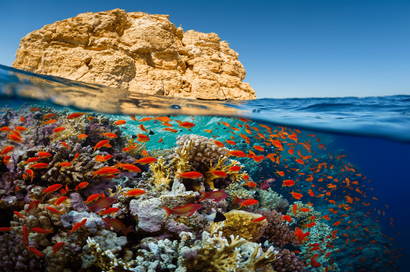
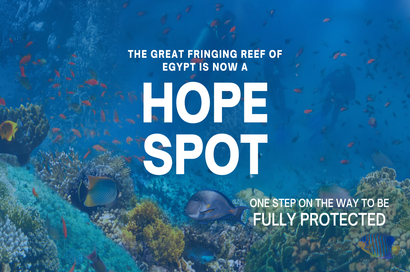
 - frame at 0m12s_lg.webp)
